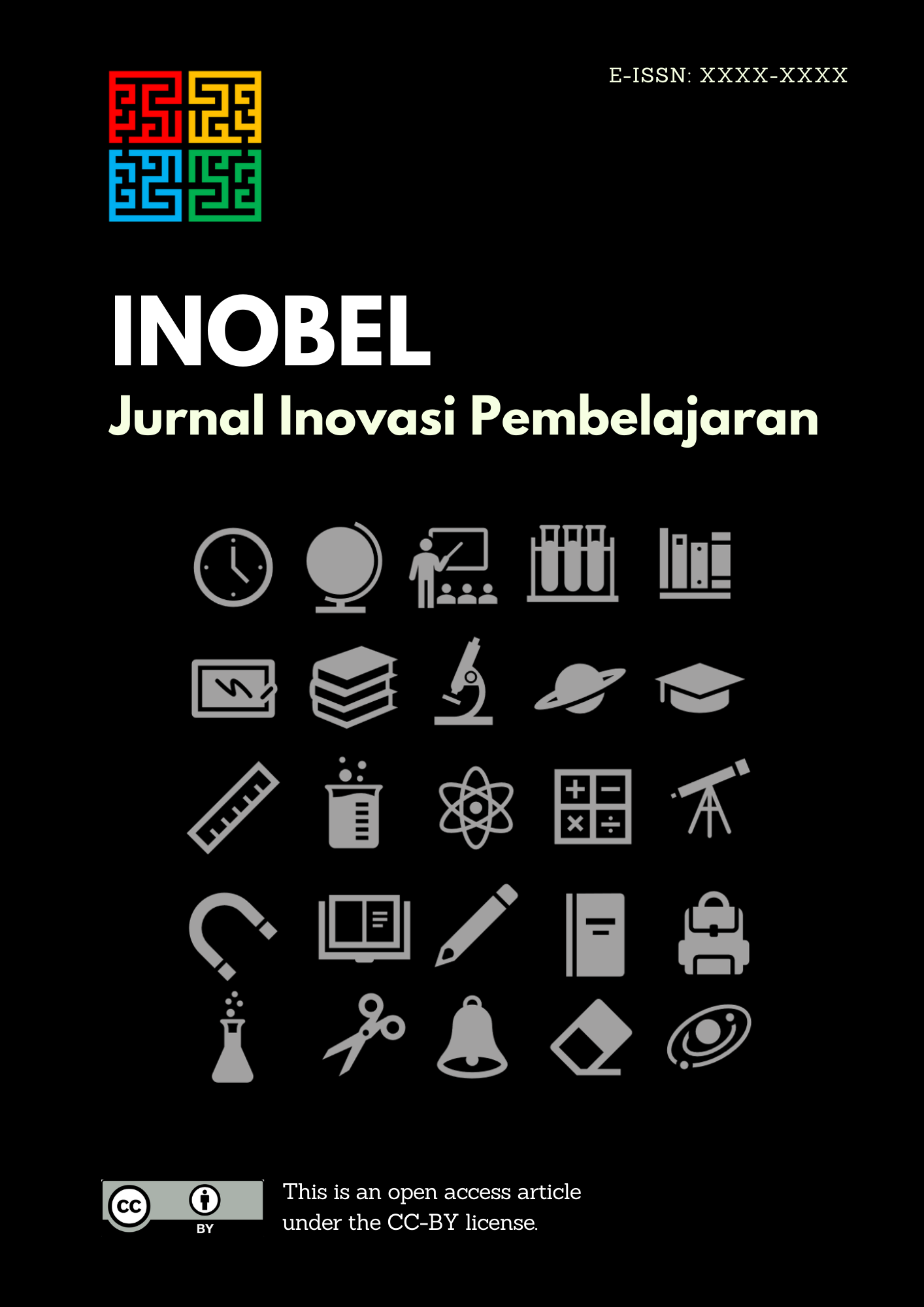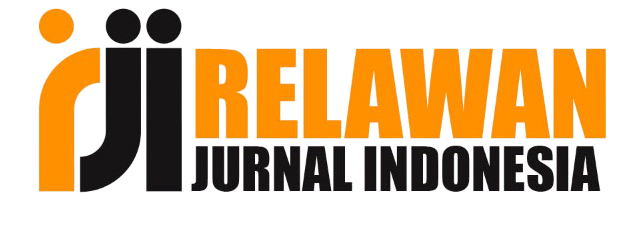Dragon Fruit Peel as an Eco-Friendly Whiteboard Marker: A Solution for Education
DOI:
https://doi.org/10.71049/57kh9s51Keywords:
Education, Ink, Sustainable, Eco-friendly, , Dragon fruit skin.Abstract
This research highlights its potential as a sustainable alternative to synthetic inks. The value of agricultural waste in promoting green chemistry and sustainable practices. It provides a practical example for environmental education, encouraging innovation in biodegradable materials and raising awareness about eco-friendly alternatives in the art and packaging industries. This study aims to develop an eco-friendly natural ink using natural ink from dragon fruit peel is an eco-friendly alternative, derived from the fruit’s vibrant pigments, specifically betacyanin. The main pigment, betacyanin, is extracted from dragon fruit peel and combined with activated charcoal to enhance stability and formulated into ink, offering a biodegradable, non-toxic option. Experimental procedures included ink formulation and user trials in whiteboard applications. The resulting ink exhibits good adhesion properties on whiteboard surfaces. User testing showed satisfactory performance in artistic and packaging uses. However, the main challenge is stabilizing the natural pigments to ensure colour durability and prevent fading.
References
Amakoromo, T. E., Abumere, O. E., Amusan, J. A., Anye, V., & Bello, A. (2021). Porous carbon from cassava peels waste for charge storage applications. Current Research in Green and Sustainable Chemistry, 4, 100098. https://doi.org/10.1016/j.crgsc.2021.100098
Castorina, R., Tysman, M., Bradman, Å., Hoover, S., Iyer, S., & Russell, M. (2016). Volatile organic compound emissions from markers used in preschools, schools, and homes. International Journal of Environmental Analytical Chemistry, 97(13), 1247–1263. https://doi.org/10.1080/03067319.2016.1250892
Chua, B. L., Tang, S. F., Ali, A., & Cho, Y. H. (2020). Optimisation of pectin production from dragon fruit peels waste: Drying, extraction and characterisation studies. SN Applied Sciences, 2, 621. https://doi.org/10.1007/s42452-020-2415-y
Ekoh, G., Ilaboya, I. R., & Umukoro, L. O. (2018). Activated carbon from cassava peel as adsorbent of lead (Pb²⁺) in water. Jurnal Kartika Kimia, 1(1), 21–28. https://doi.org/10.26874/jkk.v1i1.8
Fatimah, S., Mustika, N., & Pratiwi, S. (2020). Carbon ink characterization from banana and cassava peels by carbonization method. Jurnal Kimia dan Pendidikan Kimia, 5(2). https://doi.org/10.20961/jkpk.v5i2.33386
Farahdiba, A. U., Warmadewanthi, I. D. A. A., Fransiscus, Y., Rosyidah, E., Hermana, J., & Yuniarto, A. (2023). The present and proposed sustainable food waste treatment technology in Indonesia: A review. Environmental Technology & Innovation, 32, 103256. https://doi.org/10.1016/j.eti.2023.103256
Fazriyah, S. N., Arilisa, L. K., & Setyawan, M. (2023). Organic pigment from cassava peel as intermediate material marker ink. Indonesian Journal of Chemical Engineering, 1(1), 11–18. https://doi.org/10.26 555/ijce.v1i1.470
Hamid, N., Abdul Munaim, M. S., & Abu Seman, M. N. (2022). Regression analysis for the adsorption isotherms of betacyanin extracts from the dragon fruit peel onto the spun silk yarn. International Journal of Engineering Technology and Sciences, 9(1), 70–81. https://doi.org/10.15282/ijets.6.2016.1.7.1057
Hariadi, H., Nissa, R. C., Anggara, C. E. W., Hidayat, H., Ferdiansyah, A. E., & Rifqi, M. (2023). Utilization of dragon fruit (Hylocereus polyrhizus) peels waste as a natural dye. IOP Conference Series: Earth and Environmental Science, 1241, 012075. https://doi.org/10.1088/1755-1315/1241/1/012075
Hasanah, U., Suryani, A., & Sundari, S. (2023). Microencapsulation of betacyanin from dragon fruit (Hylocereus polyrhizus) peel by foam-mat drying for natural food colorant application. International Journal of Design & Nature and Ecodynamics, 20(3), 771–777. https://doi.org/10.18280/ijdne.200316
Ibrahim Grema, M. H., Konan, A. T. S., Kouassi, E. K. A., Amadou Kiari, M. N., Brou, Y. C., & Yao, K. B. (2023). Characterization of cassava peelings as a precursor for biochar preparation. J. Mater. Environ. Sci., 14 (12), 1582, 1594.
Imani Lazuardi & Haryanto. (2023). Pengaruh variasi volume pewarna dan massa Gum Arab pada kecepatan pengeringan dan viskositas tinta dari kulit buah naga. Envirotek: Jurnal Ilmiah Teknik Lingkungan, 12(1). https://doi.org/10.33005/envirotek.v12i1.26
Kayiwa, R., Kasedde, H., Lubwama, M., & Kirabira, J. B. (2021). Mesoporous activated carbon yielded from pre-leached cassava peels. Bioresources and Bioprocessing, 8(1), 53. https://doi.org/10.1186/s40643-021-00407-0
Li, L., Li, Y., Liu, Y., Ding, L., Jin, X., Lian, H., & Zheng, J. (2021). Preparation of a novel activated carbon from cassava sludge for high‑efficiency adsorption of hexavalent chromium in potable water: Adsorption performance and mechanism insight. Water, 13(24), 3602. https://doi.org/10.3390/w13243602
Pratiwi, D. S., Udaibah, W., & Kustomo, K. (2021). Synthesis of hydrochar from cassava peels via hydrothermal carbonization and its application as a hard water softener. Journal of Natural Sciences and Mathematics Research. ISSN: 2460-4453
Rahayuningsih, E., Setiawan, F. A., Rahman, A. B. K., Siahaan, T., & Petrus, H. T. B. M. (2021). Microencapsulation of betacyanin from red dragon fruit (Hylocereus polyrhizus) peels using pectin by simple coacervation to enhance stability. Journal of Food Science and Technology, 58(9), 3379-3387. https://doi.org/10.1007/s13197-020-04910-8
Santoso, V. R., Pramitasari, R., & Anugrah, D. S. B. (2023). Development of Indicator Film Based on Cassava Starch–Chitosan Incorporated with Red Dragon Fruit Peel Anthocyanins–Gambier Catechins to Detect Banana Ripeness. Polymers, 15(17), 3609. https://doi.org/10.3390/polym15173609
Sekarlita Hapsari Nolandi & Adhi Kusumastuti. (2019). Kelayakan buah naga super merah sebagai bahan dasar dalam pembuatan tinta body art. Beauty and Beauty Health Education, 8(1). https://doi.org/10.15294/bbhe.v8i1.32737
Setyawan, M., Fazriyah, S. N., & Arilisa, L. (2023). Organic pigment from cassava peel as intermediate material marker ink. Indonesian Journal of Chemical Engineering, 4(1), 10–18. https://doi.org/10.26555/ijce.v1i1.470
Wichienchot, S., Jatupornpipat, M., Oonmetta-aree, J., & Sirilun, S. (2022). Production of colorant powder from dragon fruit (Hylocereus polyrhizus) peel: Bioactivity, heavy metal contamination, antimutagenicity, and antioxidation aspects. Journal of Food Processing and Preservation, 46(6), e15044. https://doi.org/10.1111/jfpp.15044
Downloads
Published
Issue
Section
License
Copyright (c) 2025 Rini Fath Marsya

This work is licensed under a Creative Commons Attribution 4.0 International License.
Penulis menyatakan bahwa:
- Semua penulis telah mengetahui dan menyetujui kebijakan ini bersama;
- Naskah artikel ini belum dipublikasikan secara resmi di jurnal atau penerbit dengan ISSN atau ISBN terdaftar, kecuali hanya berupa abstrak atau bagian dari materi kuliah, skripsi, tesis, atau disertasi yang tidak diterbitkan;
- Naskah ini tidak sedang dalam proses evaluasi di jurnal lain dan tidak dipertimbangkan untuk publikasi di tempat lain;
- Semua penulis, institusi afiliasi penulis, otoritas yang berwenang, serta lembaga yang terlibat dalam kegiatan ini telah menyetujui publikasi naskah ini;
- Naskah ini tidak melanggar hak cipta atau mengandung materi yang dapat menimbulkan sengketa hak cipta.
Perjanjian Hak Cipta dan Lisensi:
- Penulis memegang hak cipta dan hak kepemilikan atas artikel ini;
- Penulis berhak menggunakan konten artikel ini untuk karya penulis di masa depan, termasuk untuk bahan kuliah dan buku;
- Penulis memberikan hak publikasi pertama kepada jurnal di bawah lisensi Creative Commons (CC BY 4.0).
Pernyataan Lisensi CC BY 4.0
Anda bebas untuk:
- Bagikan — salin dan distribusikan ulang materi dalam media atau format apa pun untuk tujuan apa pun, bahkan komersial.
- Beradaptasi — mencampur, mengubah, dan mengembangkan materi tersebut untuk tujuan apa pun, bahkan secara komersial.
- Pemberi lisensi tidak dapat mencabut kebebasan ini selama Anda mengikuti ketentuan lisensi.
Dengan ketentuan sebagai berikut:
- Atribusi — Anda harus memberikan penghargaan yang sesuai , menyediakan tautan ke lisensi, dan menunjukkan jika ada perubahan yang dilakukan . Anda dapat melakukannya dengan cara yang wajar, tetapi tidak dengan cara yang menunjukkan bahwa pemberi lisensi mendukung Anda atau penggunaan Anda.
- Tidak ada batasan tambahan — Anda tidak boleh menerapkan ketentuan hukum atau tindakan teknologi yang secara hukum membatasi orang lain untuk melakukan apa pun yang diizinkan oleh lisensi.









